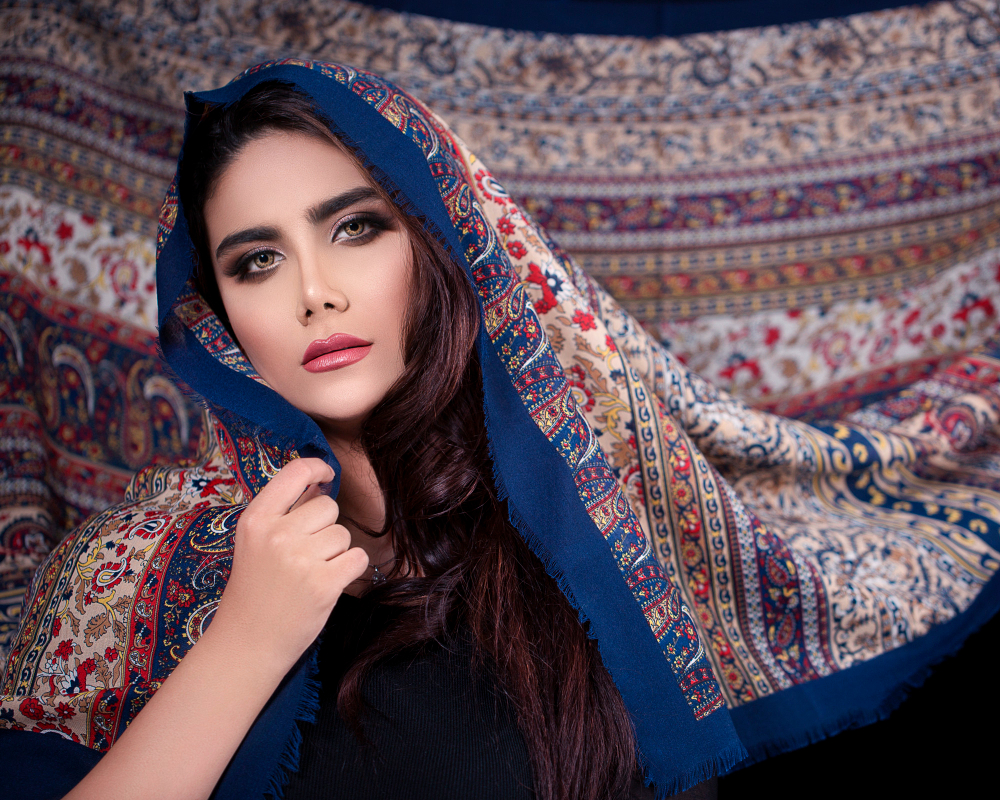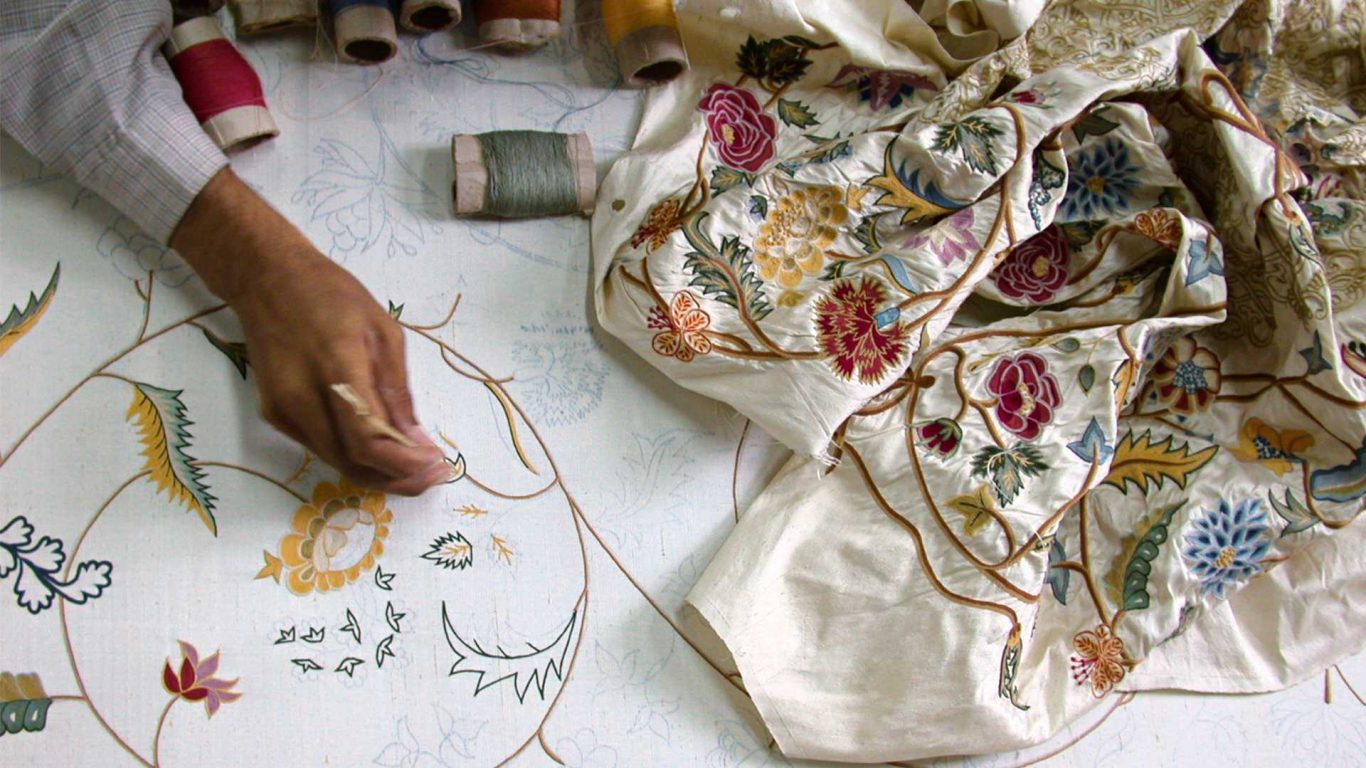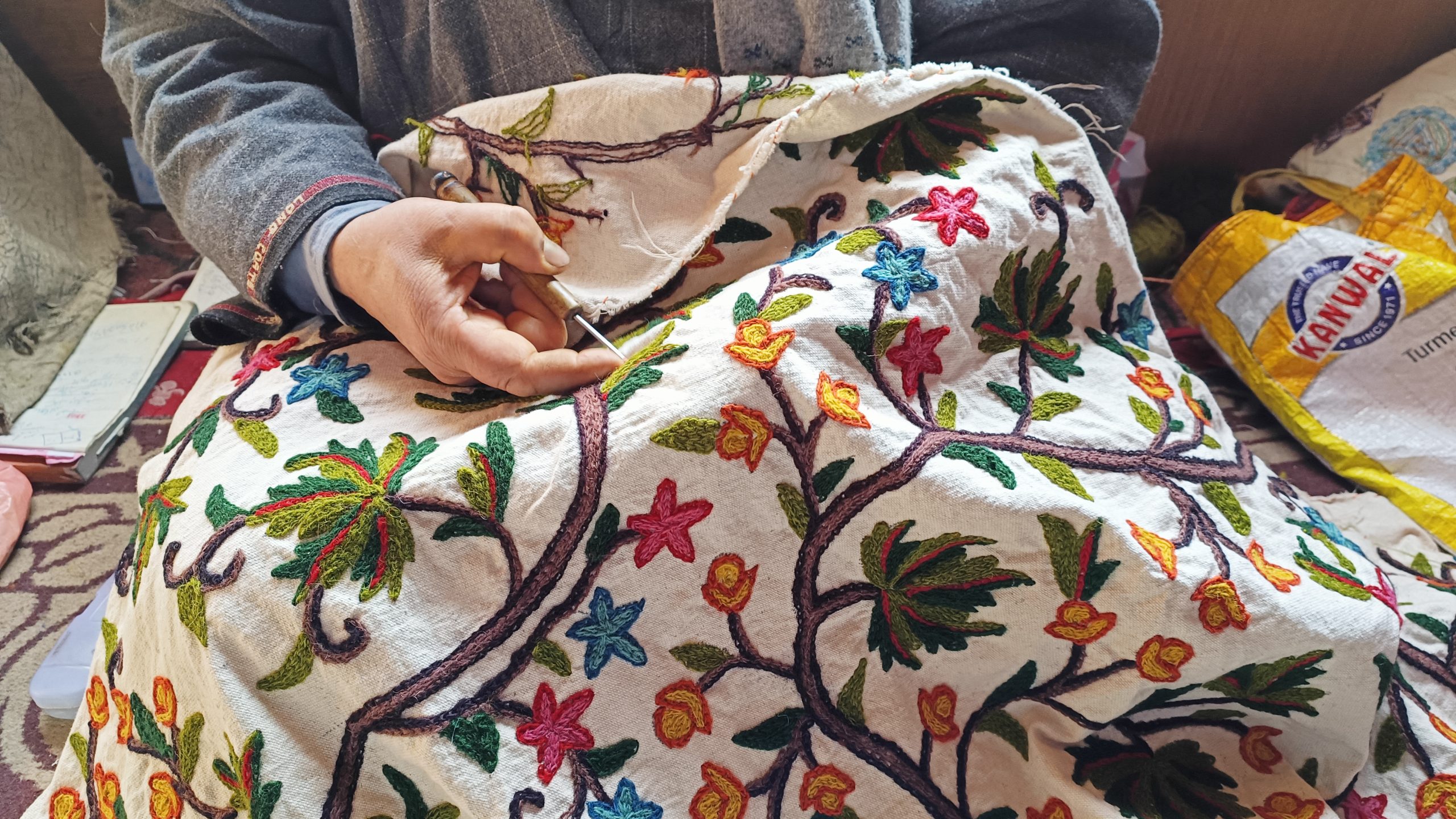
The Art of Pashmina: A Timeless Treasure from Kashmir
Introduction
Pashmina, often called “the soft gold of Kashmir,” is more than just a luxurious fabric—it’s a legacy of unparalleled craftsmanship and cultural heritage. For centuries, this exquisite material has adorned royalty and captivated fashion connoisseurs worldwide. In this blog, we delve into the enchanting world of Pashmina, uncovering its history, unique weaving techniques, care tips, and the reasons why it remains an eternal symbol of elegance.
What is Pashmina?
Pashmina originates from the fine undercoat of the Changthangi goat, found in the lofty heights of the Himalayas. The name “Pashmina” stems from the Persian word ‘Pashm,’ meaning wool. While often confused with cashmere, Pashmina stands apart due to its ultra-soft texture and finer quality, derived from a specialized breed of goat unique to this region.
The History of Pashmina
Dating back to the 15th century, Pashmina’s origins are steeped in Kashmiri tradition and luxury. Initially reserved for royalty, Pashmina shawls symbolized affluence and exclusivity. Passed down through generations, this intricate art has withstood the test of time, continuing to thrive despite modern challenges.
The Intricate Art of Weaving Pashmina
The creation of Pashmina is an age-old, labor-intensive craft. Artisans begin by hand-spinning raw wool into fine threads using traditional tools like the charkha (spinning wheel). These threads are then carefully woven on wooden looms, with each shawl requiring weeks—or even months—of meticulous effort.
Motifs inspired by the natural beauty of Kashmir—such as flowers, paisleys, and leaves—are skillfully incorporated into each design. Styles like Kani shawls (woven with multi-colored threads) and Jamawar shawls (famed for elaborate floral patterns) exemplify the artistry that makes Pashmina so distinctive.
Pashmina Designs and Their Meaning
Every Pashmina design narrates a story. From delicate florals symbolizing spring’s renewal to intricate paisleys reflecting cultural depth, these designs celebrate Kashmiri heritage and artistry.
How to Care for Your Pashmina
To maintain the timeless allure of your Pashmina, follow these care tips:
- Storage: Keep your Pashmina in a breathable cotton bag to protect it from moths. Avoid plastic bags to prevent moisture buildup.
- Cleaning: Hand wash in cold water with mild detergent. Gently squeeze out excess water and lay flat to dry.
- Genuine Identification: Authentic Pashmina is luxuriously soft, warm, and features a natural sheen. Beware of imitations and always buy from trusted sources like The Koshur World.
Conclusion
Pashmina is not just a fabric—it’s an emblem of Kashmir’s rich cultural tapestry and the dedication of artisans who pour their hearts into preserving this timeless craft. By owning Pashmina, you embrace a piece of history and support the livelihoods of skilled craftsmen.
Discover authentic Pashmina treasures today at The Koshur World and experience the elegance and luxury of Kashmir from the comfort of your home.










